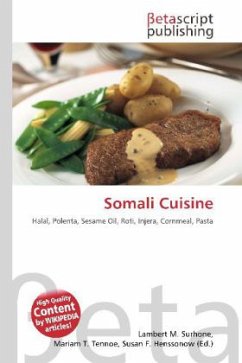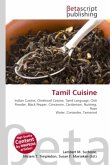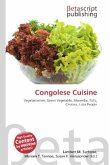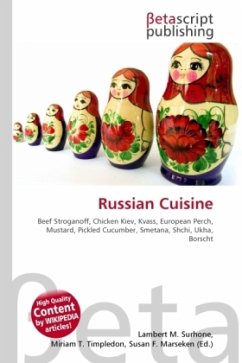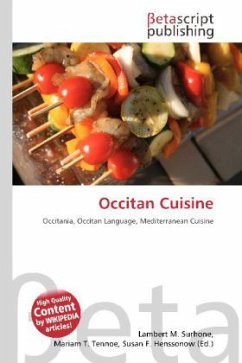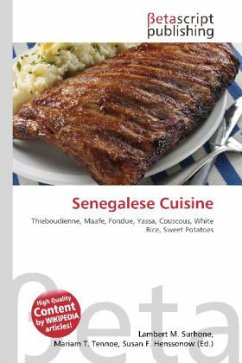Please note that the content of this book primarily consists of articles available from Wikipedia or other free sources online. Somali cuisine varies from region to region and is a mixture of native Somali, Ethiopian, Yemeni, Persian, Turkish, Indian and Italian influences. It is the product of Somalia''s tradition of trade and commerce. All food is halal. Breakfast (quraac) is an important meal for Somalis. who often start the day with some style of tea (shaah). The main dish is typically a pancake-like bread (canjeero) similar to Ethiopian injera but smaller and thinner. Canjeero is eaten in different ways, it may be broken into small pieces and ghee (subag) and sugar added. For children it is mixed with tea and sesame oil (macsaaro) until mushy. There may be a side-dish of liver (beer), goat meat (hilib ari), diced beef cooked in a bed of soup (suqaar) or jerky (oodkac or muqmad), which consists of small dried pieces of beef, or goat or camel meat, boiled in ghee. Polenta (mishaari or boorash [porridge]) with butter and sugar is popular in Mogadishu.
Bitte wählen Sie Ihr Anliegen aus.
Rechnungen
Retourenschein anfordern
Bestellstatus
Storno

